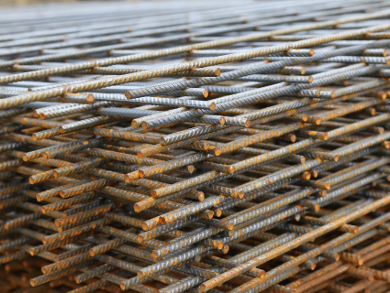Both graphene and carbon nanotubes have been touted as promising materials. Whilst carbon nanotubes (CNTs) initially did not live up to the expectations, they are making a comeback. Graphene on its own is known to be the material with the highest tensile strength, however, it does have a relatively poor resistance to fracture.
Jun Lou, Rice University, Houston, TX, USA, and colleagues have reinforced graphene sheets with CNTs to create “rebar graphene”. To embed CNTs into graphene sheets, the researchers spin-coated single-walled CNTs onto a copper foil. The CNT-coated copper substrate was then placed in a chemical vapor deposition (CVD) furnace to grow the desired graphene sheets around the CNTs.
The researchers used a dry transfer technique to remove the rebar graphene from the substrate without damaging its structural make-up. A combination of experimental and computational analysis results showed an enhanced resistance to fracture compared to pure graphene. This effect has been attributed to the CNTs in the rebar graphene diverting and bridging propagating cracks, whilst providing an overall toughening of the material. Pure graphene will fracture in a linear and brittle manner. In contrast, the fractures in rebar graphene follow a zig-zag pattern directed by the CNTs. This opens up possibilities for tailored strengthening for various applications.
- Toughening Graphene by Integrating Carbon Nanotubes,
Emily F. Hacopian, Yingchao Yang, Bo Ni, Yilun Li, Xing Li, Qing Chen, Hua Guo, James M. Tour, Huajian Gao, Jun Lou,
ACS Nano 2018.
https://doi.org/10.1021/acsnano.8b02311




